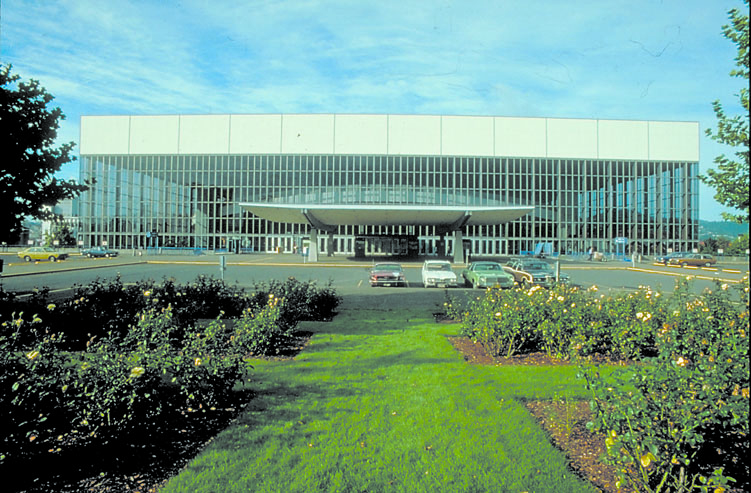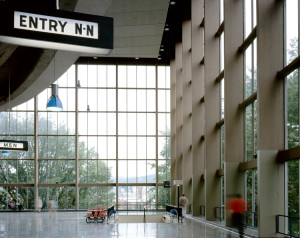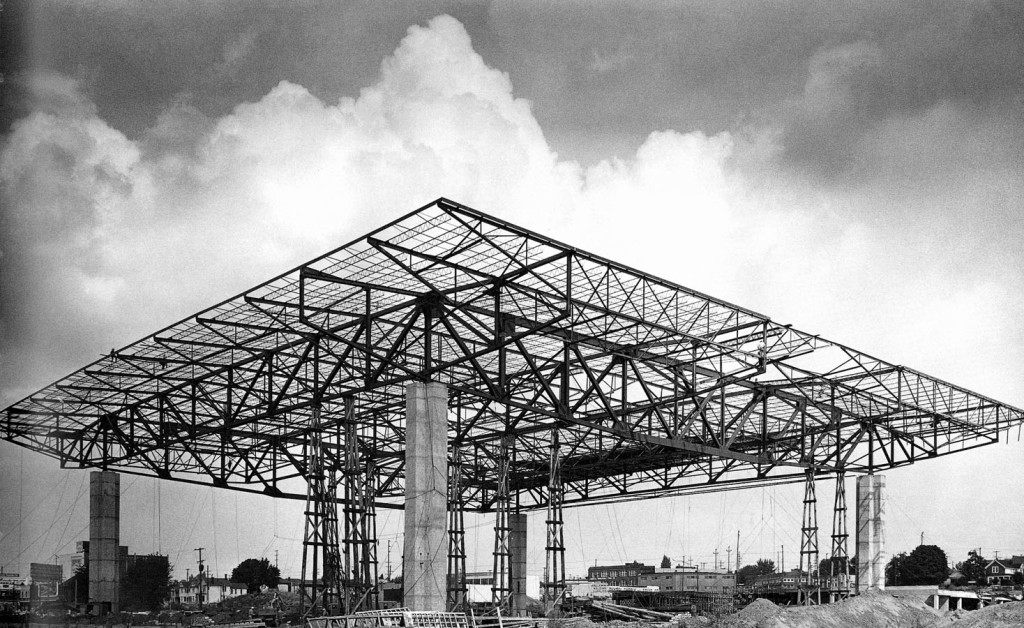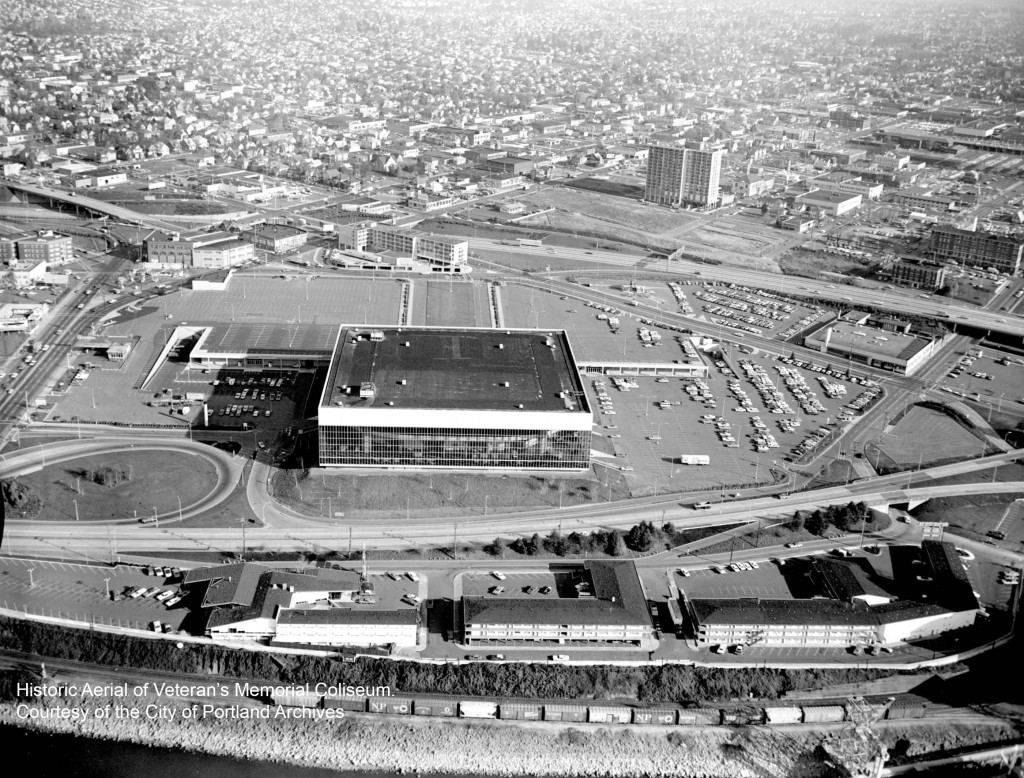 Presently, the City of Portland awarded a contract for Spectator Facilities Construction Project Management Services for a yet unnamed Veterans Memorial Coliseum project. The city is preparing for potential renovation scenarios. The uncertain future of the Coliseum feels like déjà vu.
Presently, the City of Portland awarded a contract for Spectator Facilities Construction Project Management Services for a yet unnamed Veterans Memorial Coliseum project. The city is preparing for potential renovation scenarios. The uncertain future of the Coliseum feels like déjà vu.
Portland’s Veterans Memorial Coliseum, designed by Skidmore, Owings & Merrill (SOM) and built between 1960 and 1961, is a premier jewel of International Style modernism in the city. The structure consists of glass and aluminum, a non-load-bearing curtain wall cube with a central ovular concrete seating area. It is a true engineering and architectural masterpiece that offers uninterrupted panoramic views of Portland from the seating area. The Veterans Memorial Coliseum is also a war memorial, featuring exterior sunken black granite walls inscribed with the names of veterans in gold paint.
At its completion it was the largest multipurpose facility in the Pacific Northwest. And a significant structure within the larger urban planning Rose Quarter Development project. In 2009 the city of Portland proposed to demolish the Coliseum to make way for a new sports facility. The greater community of Portland, including architectural preservationists and historians, successfully applied for National Register of Historic Places status for the building. In 2011 it was placed in the National Register.
Portland’s Veterans Memorial Coliseum is a phenomenal renovation opportunity from both historic and economic perspectives. 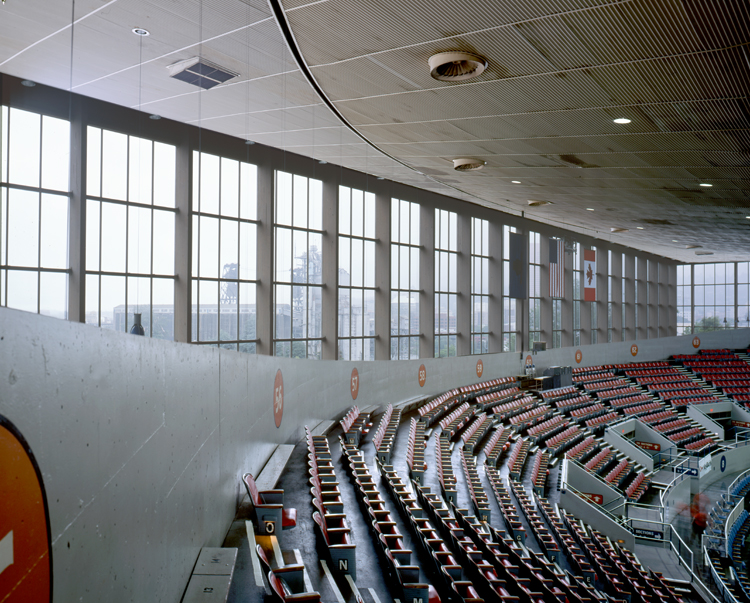
Despite being listed in the National Register, built during an era of urban and planning reform that advocated for the latest in building technologies, and designed by one of our countries leading modernist firms, many challenge its architectural value. The Coliseum shows the remarkable and collaborative approach towards design and construction by SOM. It is also the only arena world-wide with a 360-degree panoramic view from the seating area. Consider the inability to experience this modern architectural marvel and war memorial firsthand. Simply put, the demolition of the Veterans Memorial Coliseum would be a loss to the city.
Concerns regarding its deferred maintenance and historic materials are often attached to the illogical demolition conclusion because the building does not meet specific 2014 building codes. It is possible to integrate new building technologies while retaining the building’s exterior and interior character defining features. Unfortunately, significant modernist architecture designed by influential architects in the 1950s-1970s have not been regarded with proper facility maintenance. Deferred maintenance has its price. Regardless of building age, if a structure is not properly maintained it will fall into disrepair. Thankfully, Portland has a robust AEC industry dedicated to solving design challenges.
As a city, Portland boast’s its commitment to living green and investing in sustainable practices throughout the greater community. The renovation of the Veterans Memorial Coliseum is exactly the type of project that would highlight our city’s commitment to sustainability. There is no greener option than renovating and reusing existing architectural resources. This renovation would also economically benefit the city by boosting investment around the Rose Quarter area. Potentially extending and overlapping with the renewed development interest in the Lloyd District. Portland could have two premier sports facilities, doubling the city’s ability to provide world-class sports and entertainment events. It is a renovation project with long term urban renewal benefits. 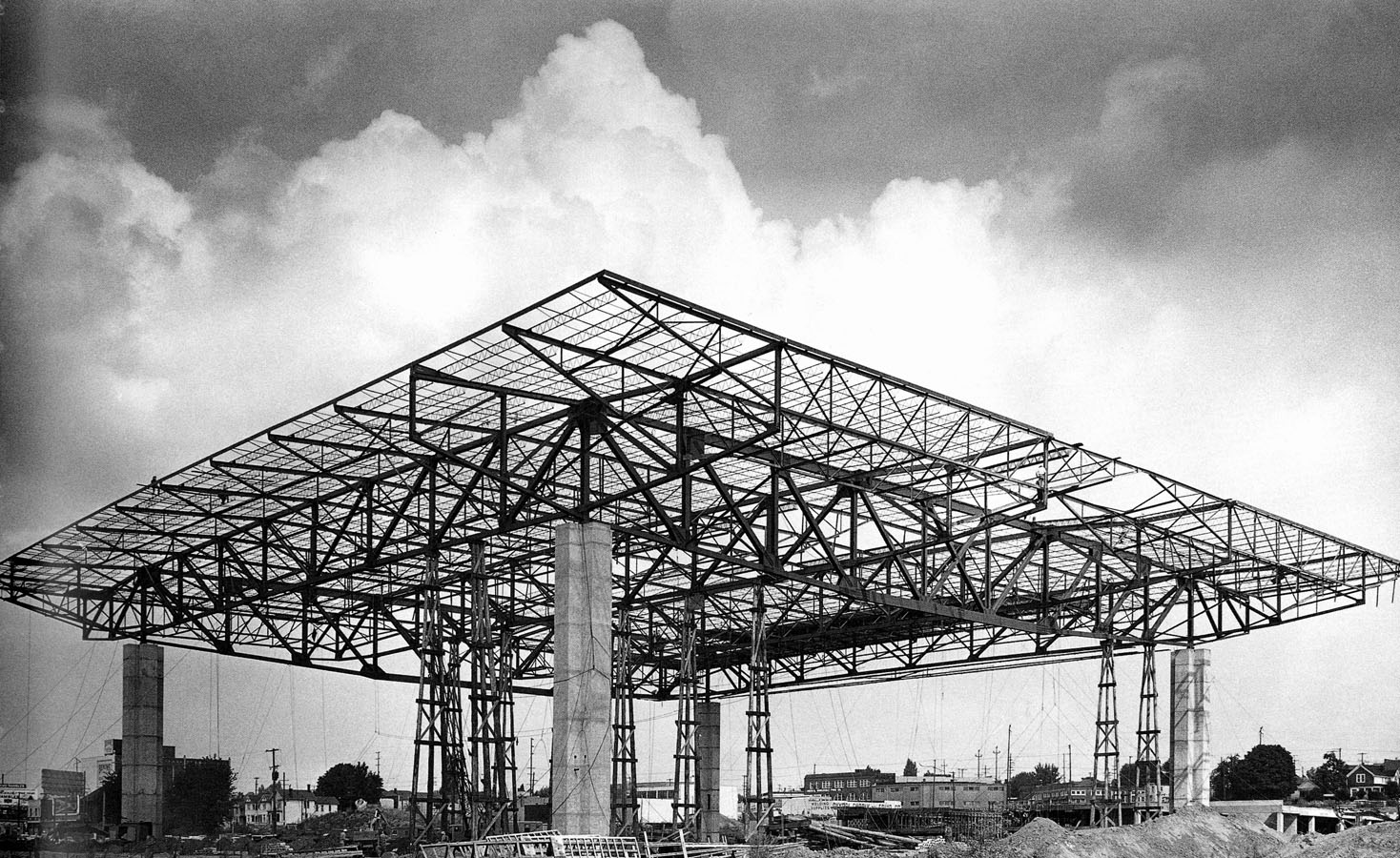
Veterans Memorial Coliseum is an internationally recognized architectural masterpiece. Its architectural legacy is deeply intertwined within Portland’s socio-economic and cultural heritages. Portland must learn from the recent demolitions of modernist architectural marvels like Prentice Women’s Hospital, several Paul Rudolph buildings, and the forthcoming Astrodome. Threats to our modern architecture is a threat to our architectural heritage. It is time to celebrate the last fifty years of Portland’s international jewel with a thoughtful renovation that looks ahead to the city’s next fifty years of architectural history.
Written by Kate Kearney, Marketing Coordinator

